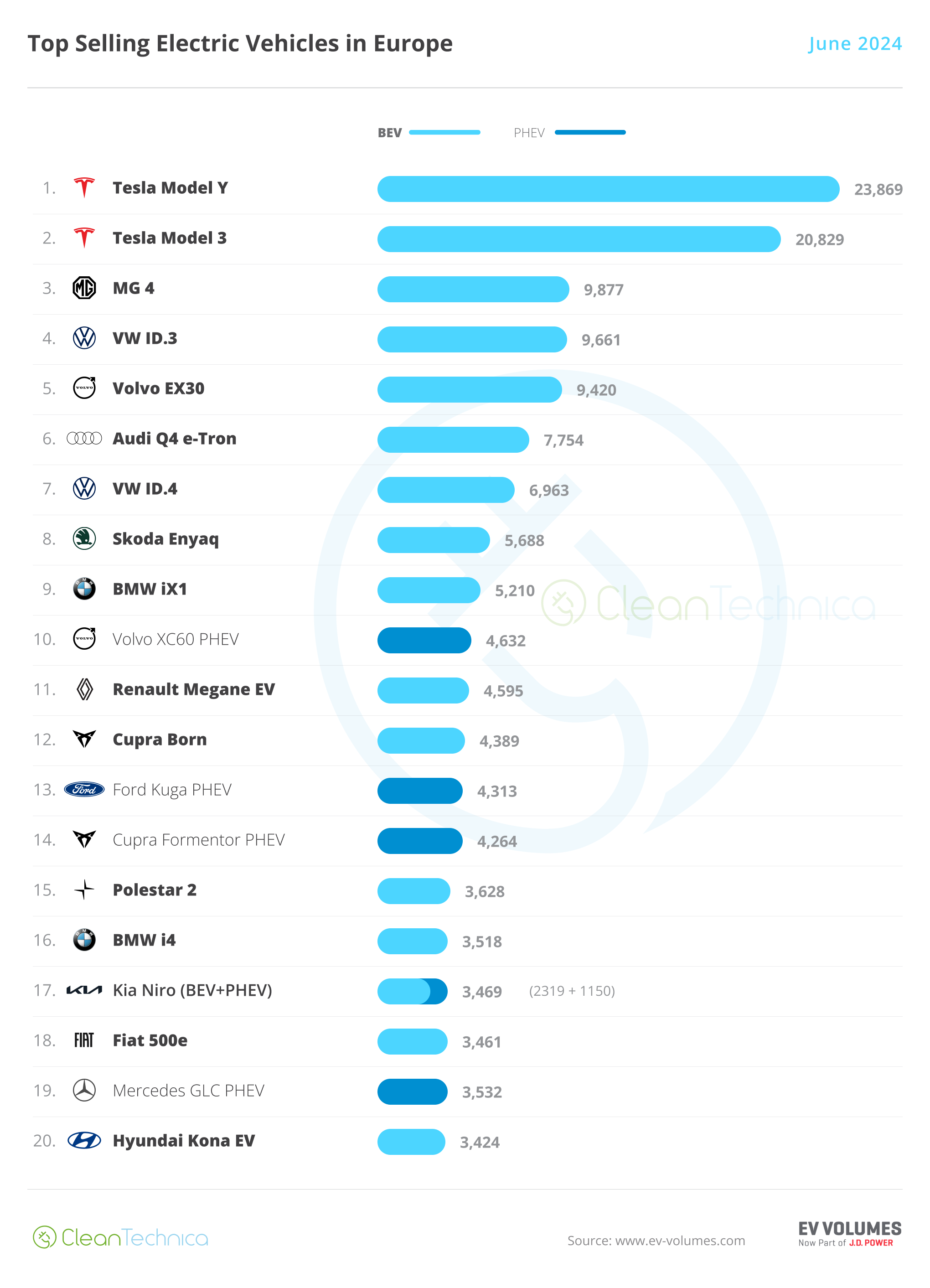
As the transition towards renewable energy continues to gain momentum, solar energy with battery backup is taking center stage. One key aspect of efficient solar energy utilization is a capable home battery system. Let’s dive into a review of the top four solar batteries of 2023.
What Makes Solar Batteries “Good?”
Selecting top-notch solar batteries involves more than just picking the ones with the highest capacity. Key factors include the balance between capacity (total electricity it can store) and power (the amount of electricity it can deliver at once), and the depth of discharge (DoD), which refers to the portion of the battery’s capacity that can be used without causing damage.
Additionally, round-trip efficiency, or the amount of energy retained after charging and discharging, plays a significant role, as does the battery’s lifespan and the provided warranty. Lastly, choosing a battery from a reputable manufacturer ensures reliability and superior customer service. Keep these elements in mind as we guide you towards a solar battery that fits your unique needs.
1. Tesla Powerwall
Tesla has been a leader in the renewable energy world for over a decade, and the Tesla Powerwall — one of the first solar batteries many people heard of — is a testament to their commitment.
The Powerwall, with a 13.5 kilowatt-hour (kWh) capacity, is one of the most sought-after solar batteries. It’s compact, sleek, and designed for easy installation. It also comes with a ten-year warranty, reflecting its reliability.
One of its main strengths is its ability to provide seamless backup power. It has a built-in inverter and pairs well with the Tesla app. This means you can monitor your energy consumption and storage in real-time. The only caveat could be the price, which is higher compared to other models.
2. Enphase Encharge
Encharge by Enphase is another reliable solar battery solution. It offers flexible storage options, with 3.36 kWh and 10.5 kWh versions available.
It’s built with Lithium Iron Phosphate chemistry, ensuring longevity and safety. This battery system is modular, allowing for easy expansion if your energy needs grow.
Like the Powerwall, Encharge comes with a ten-year warranty. It’s integrated with the Enphase Enlighten monitoring software, giving homeowners control and insight into their energy usage. Its price point is competitive, making it a choice worth considering.
3. SunPower SunVault
SunPower is known for its efficient solar panels, but its SunVault battery doesn’t fall short. It comes in a 13 kWh model, offering enough power to sustain most households during an outage.
The SunVault system pairs seamlessly with SunPower’s Equinox solar panels. It also includes a backup inverter, enabling instant transition to backup power during a grid failure.
The battery boasts a ten-year warranty. With SunPower’s energy link ecosystem, users get real-time energy insights. It’s a slightly pricier option, but its features justify the cost.
4. FranklinWH
FranklinWH is a newcomer but not one to be underestimated. It comes in a 13.6 kWh model, offering substantial power storage capacity.
Its battery chemistry is Lithium Iron Phosphate. This gives it an edge in terms of power delivery and lifespan. The FranklinWH battery also has a twelve-year warranty, illustrating confidence in its performance.
It offers a web portal and mobile app for user-friendly energy management. Its price is competitive, offering good value for its robust features.
A Quick Comparison
Choosing The Right Battery For Your Home
The best battery solution for your home will depend on several factors:
1. What is your annual and daily home power consumption?
The annual electricity consumption of an average American household is around 11,000 kilowatt-hours (kWh), which translates to approximately 30 kWh per day. Remember your actual consumption can vary significantly depending on factors like location, home size, energy efficiency, and your lifestyle choices.
2. What size is your existing solar system or what are you planning?
The size of a solar system for an average American homeowner would depend on their energy consumption and available roof space. A typical residential solar system may range from 6 to 9+ kilowatts (kW) in size. A 6 kW system might generate around 6,000 to 9,000 kWh per year, while an 8 kW system could generate 10,000 to 13,000 kWh per year, depending on local conditions.
An important thing to consider if you already have a solar installed is inverters. If you are using microinverters on a solar system, then the storage options are limited to AC coupled options. This is because the inverter is attached directly to each panel and there isn’t an opportunity to work with the DC electricity prior to it arriving at the inverter.
Knowing these differences can help you know what energy storage solution you should choose. You can learn more about solar batteries here.
3. Do you want to run just critical electrical loads or everything including AC?
The decision to power only critical loads or everything in a home would depend on personal preferences and budget. Some homeowners may opt for a smaller solar system to power only essential appliances like refrigerators, lights, and select outlets during power outages. Others may choose to power their entire home, including air conditioning, with a larger battery backup solution.
So, you might be asking…
Is A Home Battery Worth It For Me?
Generally, home batteries are financially “worth it” when two of three conditions are met:
- You experience or are concerned about power outages
- Your peak and off-peak utility power rates differ
- You qualify for cash incentives for installing a battery
See if it makes sense for you with EnergyPal.
To Sum Up
Solar energy is rapidly growing, and the need for efficient storage is undeniable. The Tesla Powerwall, Enphase Encharge, SunPower SunVault, and FranklinWH energy storage solutions are leading the way in 2023.
Each of these solar batteries offers unique features and strengths. Your choice will depend on your specific needs, budget, and preference. But one thing is certain: they all bring us a step closer to a greener, more sustainable future.
If you are considering going solar, check out EnergyPal. EnergyPal is an unbiased service that can assist you in shopping for the best-fit energy solution for your home. The outcome? Not only do customers enjoy lower costs and a superior solar experience, but energy security and a greener energy grid.
EnergyPal can help you navigate these decisions and find the perfect energy solution for your needs. Contact EnergyPal today to learn more and start your journey towards energy independence.
This article is sponsored by EnergyPal.
I don’t like paywalls. You don’t like paywalls. Who likes paywalls? Here at CleanTechnica, we implemented a limited paywall for a while, but it always felt wrong — and it was always tough to decide what we should put behind there. In theory, your most exclusive and best content goes behind a paywall. But then fewer people read it! We just don’t like paywalls, and so we’ve decided to ditch ours. Unfortunately, the media business is still a tough, cut-throat business with tiny margins. It’s a never-ending Olympic challenge to stay above water or even perhaps — gasp — grow. So …







